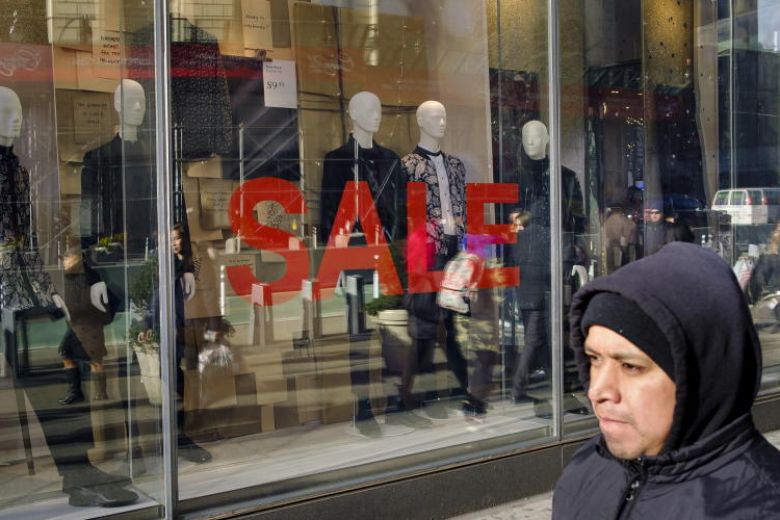
U.S. shoppers spent more online during this year’s holiday shopping season, a report by Mastercard Inc (MA.N) showed on Wednesday, with e-commerce sales hitting a record high.
The holiday shopping season is a crucial period for retailers and can account for up to 40% of annual sales. But this year, Thanksgiving, which traditionally starts the U.S. holiday shopping period, was on Nov. 28, nearly a week later than last year’s Nov. 22, leaving retailers with six fewer days to drive sales between Thanksgiving and Christmas.
E-commerce sales this year made up 14.6% of total retail and rose 18.8% from the 2018 period, according to Mastercard’s data tracking retail sales from Nov. 1 through Christmas Eve.
Overall holiday retail sales, excluding autos, rose 3.4%.
“E-commerce sales hit a record high this year with more people doing their holiday shopping online,” said Steve Sadove, senior adviser for Mastercard.
“Due to a later than usual Thanksgiving holiday, we saw retailers offering omnichannel sales earlier in the season, meeting consumers’ demand for the best deals across all channels and devices,” Sadove said.
Retailers have invested heavily to provide same-day delivery, lockers for store pick-up and improve their online presence as they battle against retail giant Amazon.com Inc (AMZN.O) for market share.
U.S. President Donald Trump, whose support in the polls has been buoyed by strong economic data despite his impeachment by the House of Representatives, heralded the news in a tweet in all capital letters.
“2019 HOLIDAY RETAIL SALES WERE UP 3.4% FROM LAST YEAR, THE BIGGEST NUMBER IN U.S. HISTORY. CONGRATULATIONS AMERICA!,” Trump tweeted.
However, Mastercard spokesman William Tsang, citing 2018’s 5.1% growth in total sales, said this year’s holiday sales growth was not the biggest ever.
The White House had no immediate comment on the apparent discrepancy.
Despite slowing global growth, U.S. consumer spending is benefiting from wage growth and a strong labor market, retail consultants and analysts say.
The holiday season was challenging for retailers after Amazon expanded its free return policy to include products that were not previously eligible, giving consumers until January to return even small purchases bought on the website.
The National Retail Federation had forecast U.S. holiday retail sales over the two months to increase between 3.8% and 4.2%. That compares with an average annual increase of 3.7% over the past five years.
The SpendingPulse report tracks spending by combining sales activity in Mastercard’s payments network with estimates of cash and other payment forms but excludes automobile sales.
